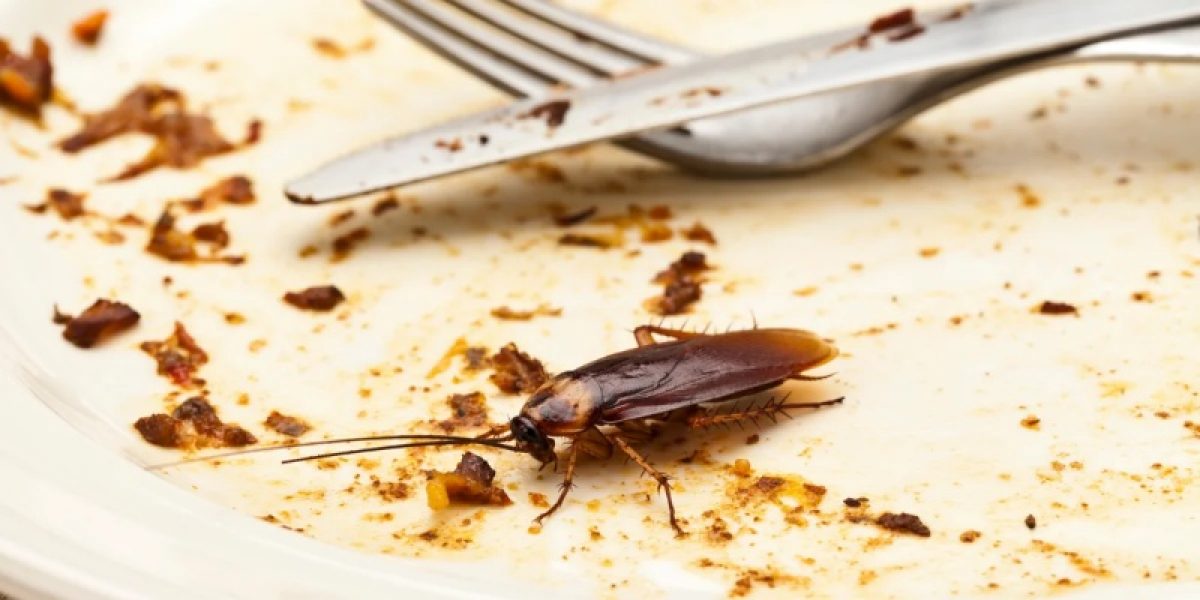German roaches, one of the most common household pests, are not only unwelcome visitors but also pose serious health risks. These small, brownish insects reproduce rapidly, making them difficult to control if not addressed early. Understanding their behavior, how they enter your home, and the most effective treatment methods is crucial for keeping your living space roach-free.
What Are German Roaches?
German roaches, scientifically known as Blattella germanica, are small, usually about half an inch in length, with a light brown to tan color. They have two dark parallel stripes running down their backs, just behind their heads, which make them easily identifiable. Unlike other cockroach species, German roaches prefer indoor environments and are often found in kitchens and bathrooms, where they have easy access to food and moisture.
Why Are German Roaches a Problem?
German roaches are more than just a nuisance. They can contaminate food, spread bacteria, and trigger allergies and asthma, especially in children. Because they reproduce so quickly—a single female can produce thousands of offspring in her lifetime—an infestation can escalate from minor to severe in a short time.
How Do German Roaches Enter Your Home?
German roaches are adept at finding ways into homes. They can hitch a ride in grocery bags, boxes, and even appliances. They often enter through cracks and crevices in walls, floors, and around windows and doors. Once inside, they seek out warm, moist environments with easy access to food.
Signs of a German Roach Infestation
Identifying an infestation early is key to effective control. Here are some signs to look for:
-
Sightings
Seeing even a single roach during the day could indicate a larger infestation, as roaches are typically nocturnal.
-
Droppings
German roach droppings resemble small, dark specks or coffee grounds and are often found in corners, along baseboards, and near food sources.
-
Egg Casings
Roach egg cases, known as oothecae, are brown and about ¼ inch long. Finding these indicates active breeding.
-
Odor
A musty, unpleasant odor can be a sign of a large roach population.
How to Treat a German Roach Infestation
1. Identify and Eliminate Food and Water Sources
- Clean up food spills immediately.
- Store food in airtight containers.
- Fix leaky faucets and pipes to eliminate moisture.
2. Use Bait Stations and Gel Baits
- Bait stations and gel baits are effective because roaches carry the poison back to their nests, affecting the entire colony. Place these in areas where you’ve seen roaches or droppings.
3. Apply Insect Growth Regulators (IGRs)
- IGRs prevent roaches from reproducing, helping to reduce the population over time. Combine IGRs with baits for a comprehensive approach.
- You can purchase an insect growth regulator on Amazon.
4. Use Boric Acid
- Boric acid is a low-toxicity treatment that can be effective when applied in cracks and crevices where roaches travel. It sticks to the roaches’ bodies, and when ingested, it kills them.
5. Consider Professional Pest Control
- If the infestation is severe or persistent, professional pest control services may be necessary. Professionals have access to stronger treatments and can ensure the infestation is fully eradicated.
- Read more about GG’s Home Pest Control!
Preventing German Roaches from Returning
Once you’ve dealt with an infestation, taking steps to prevent future problems is essential.
1. Seal Entry Points
- Inspect your home for cracks and gaps, especially around doors, windows, and plumbing, and seal them with caulk or weatherstripping.
2. Keep Your Home Clean
- Empty garbage cans frequently and use sealed bins.
- Wash dishes promptly after meals, or at least rinse them thoroughly if you can’t wash them right away.
- Use a dishwasher if possible, and run it daily to ensure no food particles are left behind.
- Empty the sink and drain of any food debris or standing water. Even a few drops of water can be enough to attract roaches.
3. Wipe Down Countertops and Surfaces
Crumbs and spills on countertops, stovetops, and other surfaces are an open invitation for German roaches. These insects are nocturnal, so they’ll emerge at night to feast on any leftover scraps. To keep your home roach-free:
- Wipe down all surfaces in your kitchen after cooking or eating. Pay special attention to corners, edges, and underneath appliances where crumbs might collect.
- Don’t forget less obvious areas like the microwave, toaster, and inside of cabinets where food particles can accumulate over time.
- Regularly vacuum and mop floors, especially in kitchens and dining areas.
4. Reduce Clutter
- Clutter provides hiding places for roaches. Keep countertops clear and minimize storage of cardboard boxes and paper bags, as roaches love these materials.
5. Monitor and Maintain
- Regularly check for signs of roaches, especially in areas where you’ve had issues before. Early detection is key to preventing a full-blown infestation.
Dealing with German roaches requires a combination of vigilance, cleanliness, and effective treatment strategies. By understanding their behavior, identifying an infestation early, and taking proactive steps to treat and prevent them, you can keep your home roach-free. Remember, the key to successful roach control is persistence—stay diligent, and you’ll keep these pests at bay.









